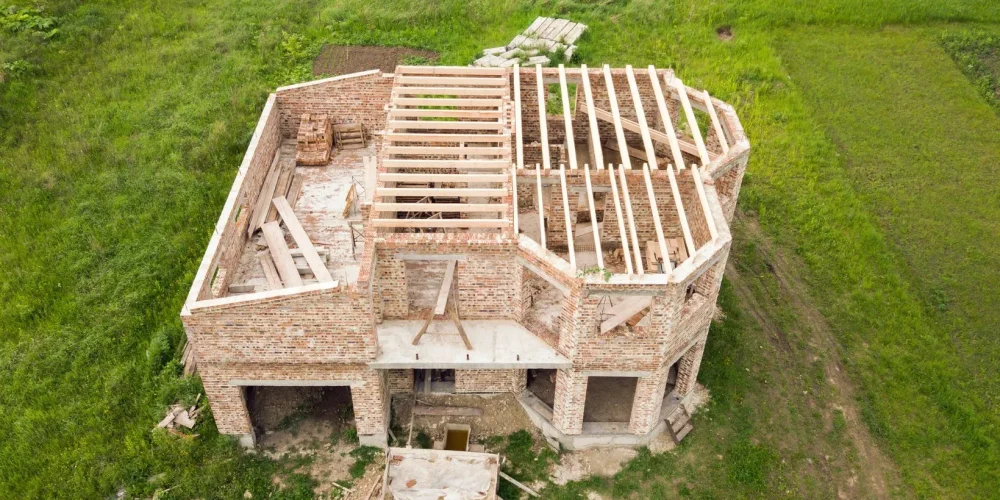How To Sister A Joist
When it comes to home renovations or repairs, understanding how to sister a joist is an invaluable skill. Whether you’re dealing with a sagging floor or reinforcing the structural integrity of your deck, the sistering process can help provide additional support and stability. In this article, I’ll walk you through the steps involved in sistering a joist and share some expert tips along the way.
Firstly, let’s clarify what exactly sistering a joist means. Essentially, it involves attaching a new piece of lumber alongside an existing joist to strengthen its load-bearing capacity. This technique is commonly used when the original joist has weakened due to age, rot, termite damage, or excessive weight on the floor above.
To start the sistering process, you’ll need to gather the necessary tools and materials such as a measuring tape, circular saw, nails or screws, construction adhesive, and a sturdy piece of lumber that matches the dimensions of your existing joists. It’s crucial to select lumber that is both structurally sound and properly treated for outdoor applications if working on an exterior deck.
Next, carefully measure the length needed for your new joist and cut it accordingly using a circular saw. Make sure to leave enough space at each end for proper attachment. Once your new joist is prepared, apply construction adhesive along one side before positioning it flush against the existing joist.
After aligning both pieces together securely, reinforce them by driving nails or screws through every 16 inches along their length. Be mindful not to overdrive them as this could weaken the wood fibres. Repeat this process for each point where they intersect until you’ve successfully completed sistering all necessary joists.
Sistering a joist may seem daunting at first but with proper guidance and attention to detail during each step of the process – from measurement to attachment – you can ensure long-lasting stability in your flooring system or deck structure. Remember that safety should always be a priority, so if you’re unsure about any aspect of the process, it’s best to consult with a professional before proceeding.
In conclusion, understanding how to sister a joist is an essential skill for any homeowner or DIY enthusiast. By following the proper steps and using quality materials, you can effectively reinforce weakened joists and ensure the structural integrity of your home or outdoor deck. So roll up your sleeves, gather your tools, and let’s get started on sistering those joists!

What is the Sistering Process?
The sistering process is a method used to strengthen and reinforce a joist that has become weakened or damaged over time. By attaching a new joist alongside the existing one, it provides additional support and helps distribute the load more evenly.
Here’s how to sister a joist using the following steps:
- Assess the situation: Before starting the sistering process, carefully inspect the affected joist to determine if it can be repaired or if replacement is necessary. Check for signs of rot, cracks, sagging, or other structural issues.
- Measure and cut: Measure the length of the damaged section of the joist and obtain a piece of lumber that matches its dimensions. Use a saw to cut the new joist to size.
- Prepare for installation: Clear any obstructions from underneath the affected area and ensure you have enough space to work comfortably. It may be necessary to temporarily remove any blocking or flooring above the joist.
- Position and attach: Slide the new joist into place alongside the existing one, making sure they are aligned properly. Use construction adhesive on both surfaces for added strength, then secure them together with nails or screws at regular intervals.
- Reinforce connections: To further enhance stability, consider adding metal brackets or plates at each end of the sistered joint. These will provide extra reinforcement and prevent any potential movement in future years.
- Test for stability: Once all connections have been made, carefully test the stability of your newly sistered joist by applying weight gradually and observing for any signs of shifting or flexing.
Remember these important points when performing this process:
- Safety first: Always wear appropriate protective gear such as goggles and gloves when handling tools.
- Seek professional advice: If you’re uncertain about your ability to complete this task safely or effectively, consult with a qualified contractor or structural engineer.
- Proper materials: Choose a suitable lumber type and size that matches the existing joist to ensure proper load distribution and compatibility.
By following these steps, you can successfully sister a joist and restore its strength and stability.






